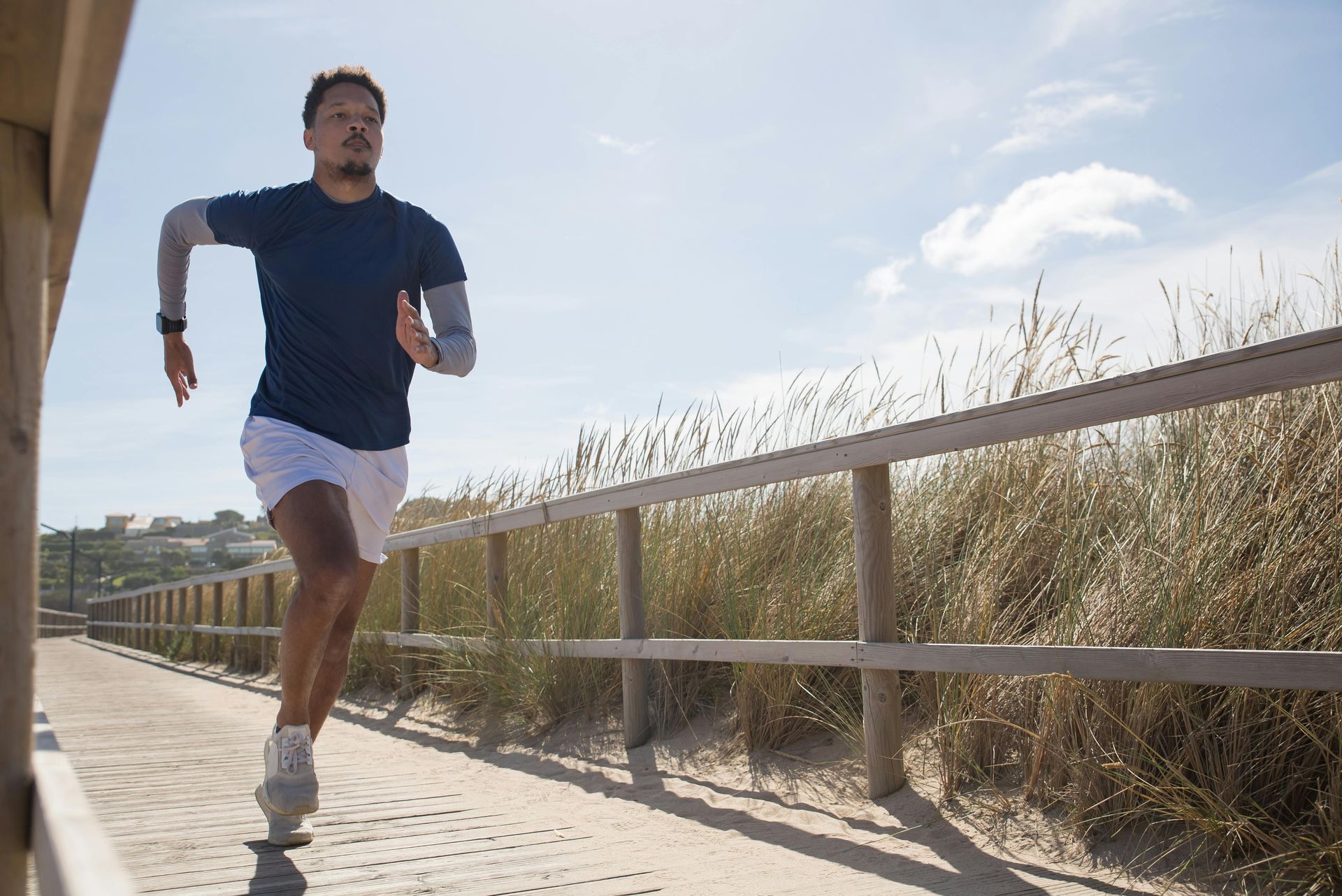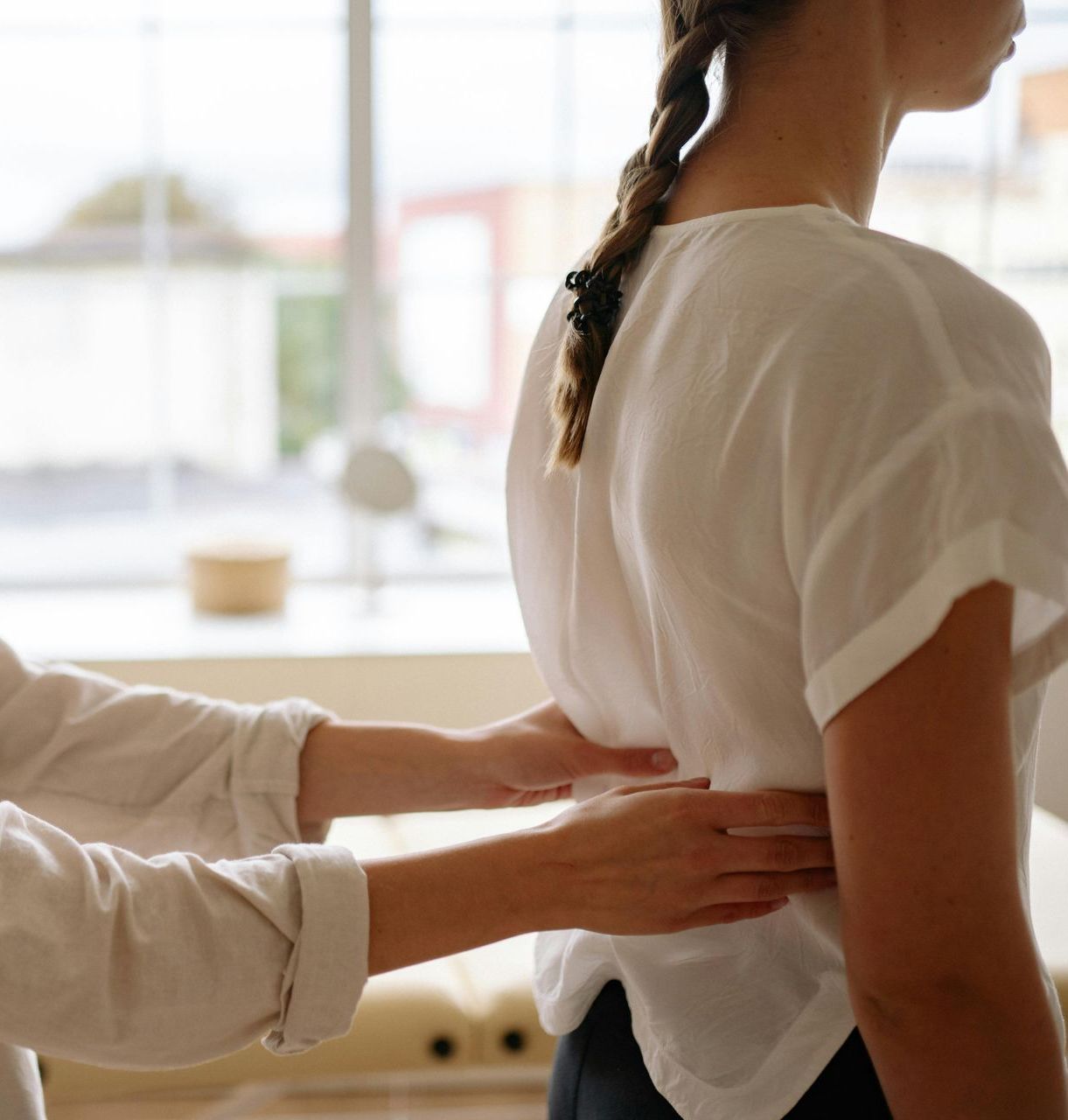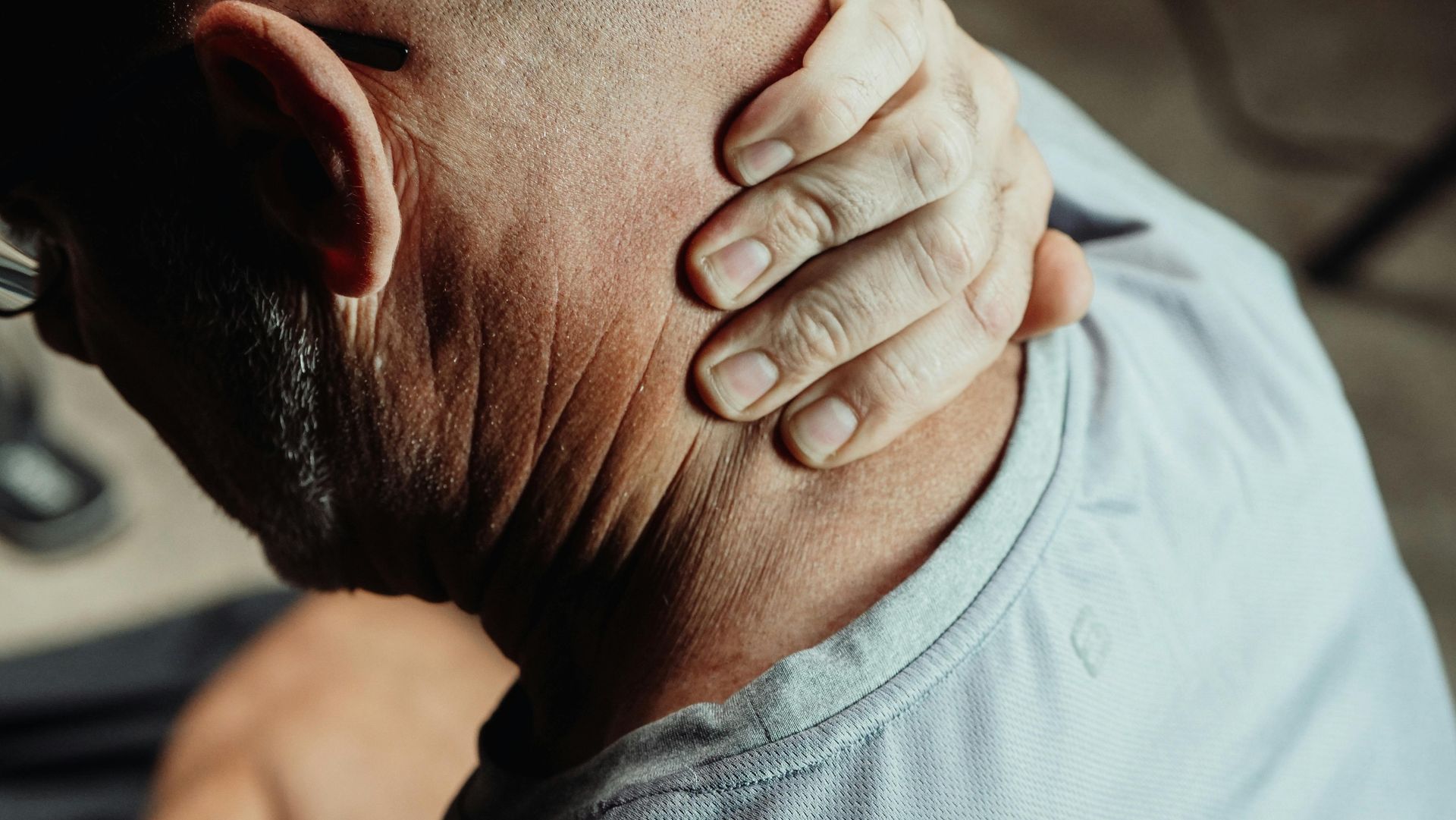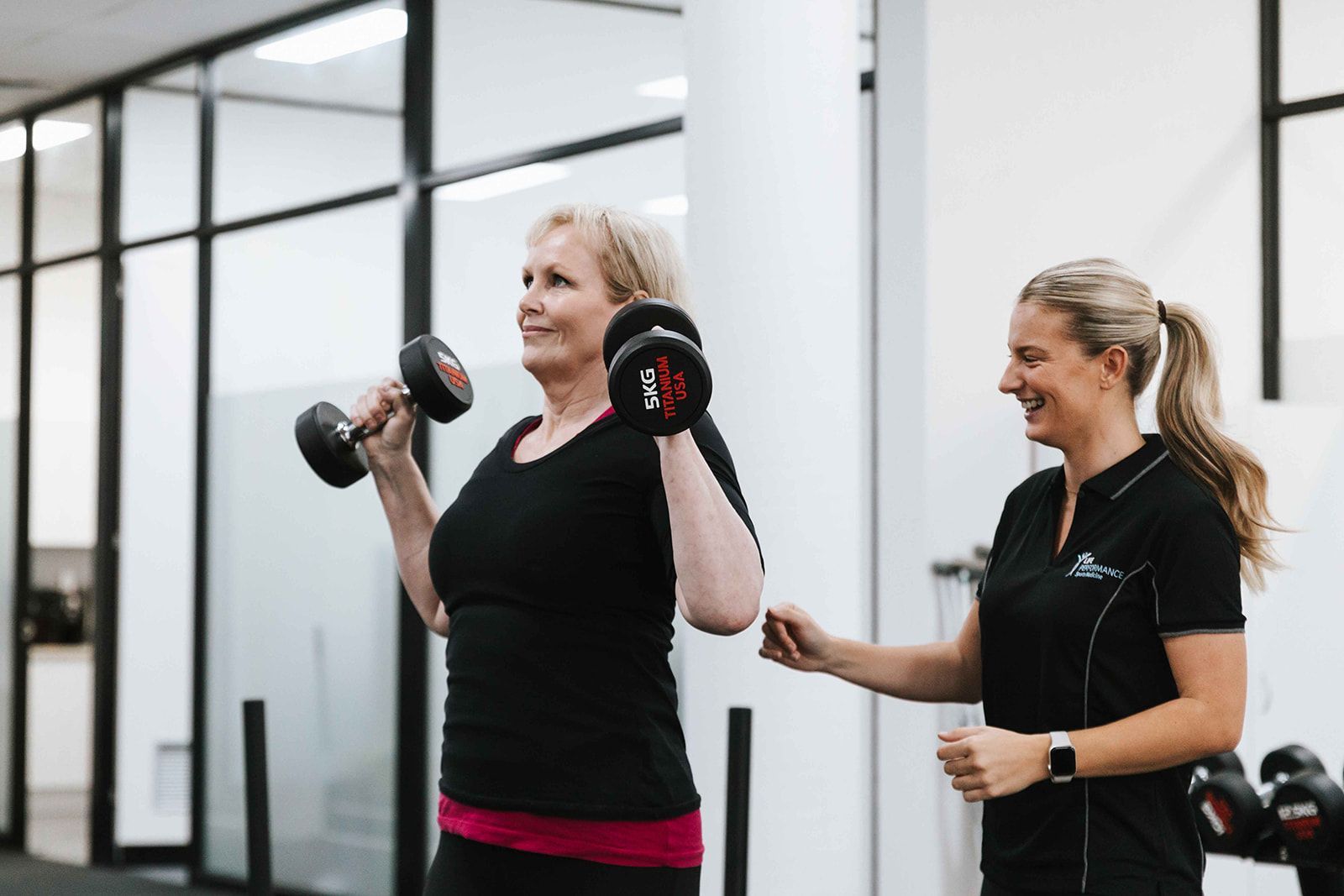R.I.C.E TO P.O.L.I.C.E? Injury Management
Not law enforcement! But a new way to think about acute injury management
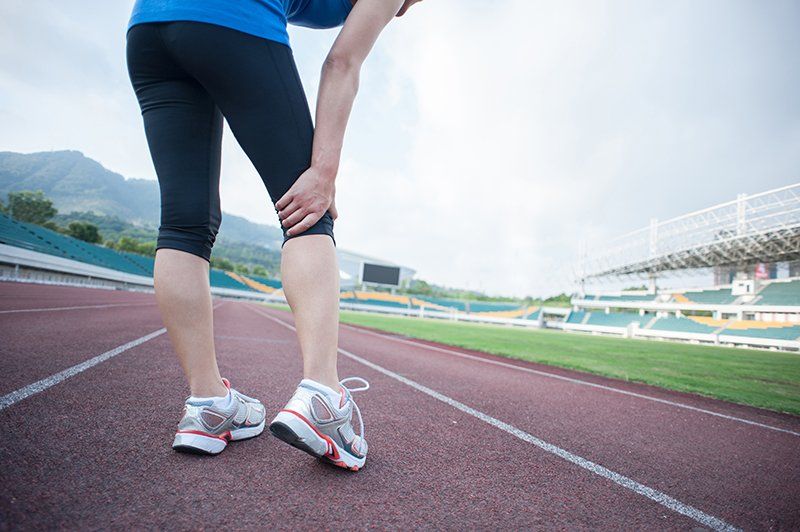
All of a sudden you’re running down a dark alley, being chased by law enforcement for a crime you didn’t commit. You stumble on a cobblestone & roll your ankle. The officer catches up and reads you the riot act.
"You must PROTECT, OPTIMALLY LOAD, ICE, COMPRESS & ELEVATE that ankle otherwise you will be prosecuted!"
You then wake up suddenly – “What a terrible nightmare, I am innocent”! As your brain fog starts to lift, the throb of your ankle reminds you of the ankle sprain you suffered in the previous nights basketball game.
So what do I do now? How do I best manage this ankle to get back out on the court ASAP?
Acute injury management has evolved over recent times as our understanding of mechanotherapy has advanced.
The term ‘mechanotherapy’ refers to the response of our body cells to physical forces.
A classic example of this is lifting weights at the gym – we repeatedly apply
tensile force to the thigh muscle with 3 sets of squats, muscle fibres suffer damage and regenerate themselves bigger and stronger. This is where gentle movement early on in a rehabilitation program, can be beneficial to tissue healing.
The timing, intensity and magnitude of that movement should be prescribed by your Exercise & Sports Physiotherapist.
So…. understanding this, it makes sense to move on from the R in RICE – Rest.
It makes more sense to Protect, Optimally Load, Ice, Compress & Elevate.
Lets dig deeper into each of these principles:
Protection
To prevent further damage to tissues we need to protect the area for a period of time. This might involve using a splint, cam walker, Sling or crutches.
Optimal Loading
This is where we can apply our mechanotherapy principle – Using pain & tissue healing status to guide our dosage.
This also involves loading other regions above and below the injury to keep them strong & mobile.
Ice
Although there is some conjecture on the effect of ice on acute inflammation – It can be a great way to reduce pain thereby facilitating some gentle early movement.
Compression
Firm compression in the form of a compression stocking can aid in clearing out the fluid and debris that accumulates after tissue damage
Elevation
Simple physics would indicate that raising the injured tissue above heart level can drain the injured area and clear out fluid and debris.
So there you have it, the next time you twist your knee or strain a hamstring or roll an ankle, you might perceive rehabilitation a little differently!
Khan KM, Scott A., Mechanotherapy: how physical therapists’ prescription of exercise promotes tissue repair. British Journal of Sports Medicine 2009;43:247-252.
